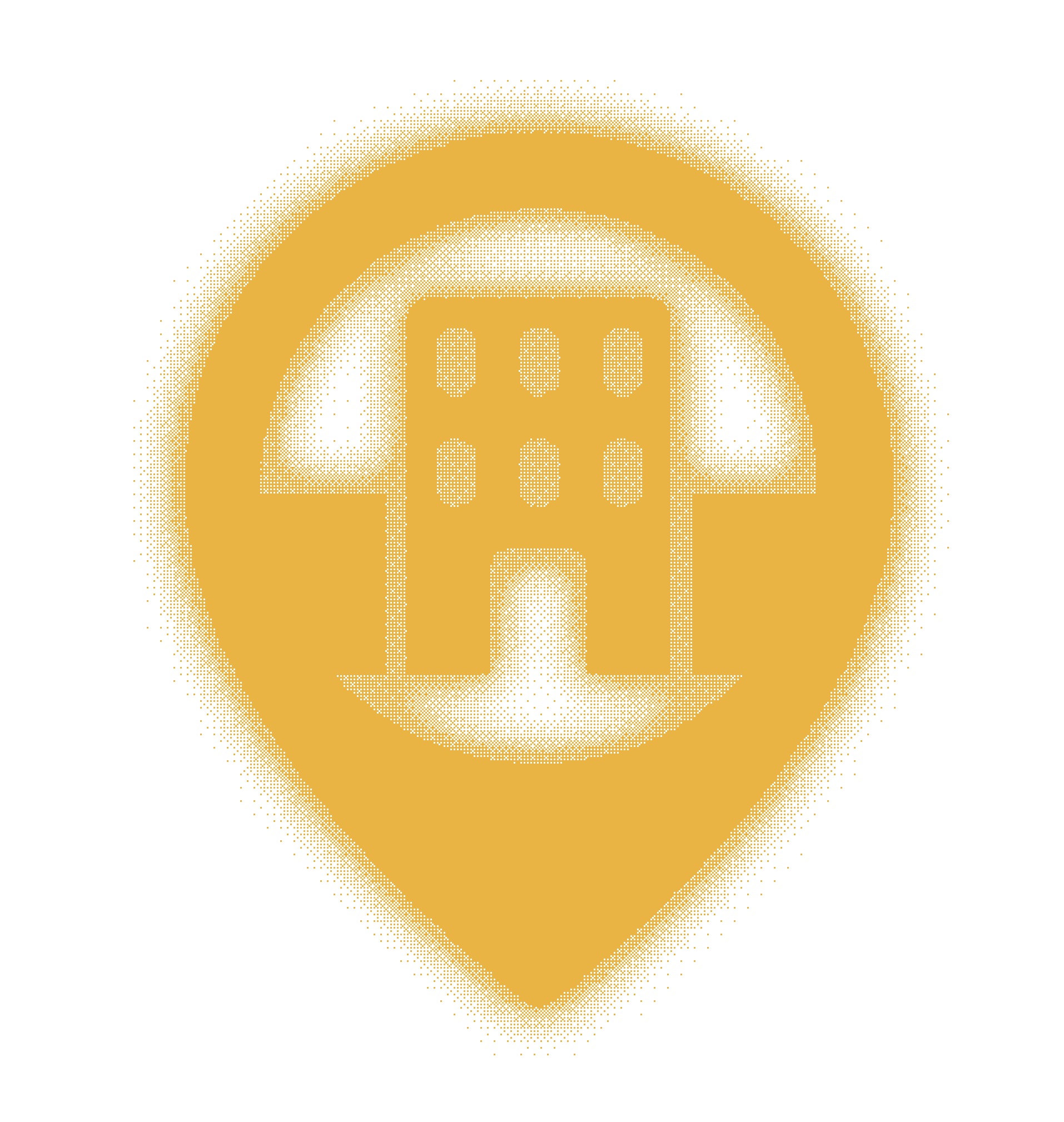

By 2050, 60% of Indonesia’s population is estimated to reside in urban areas. Bandung, its 4th largest city, is expected to accommodate some of this population growth, a large proportion of which will be young people. Along with ICLEI Southeast Asia, WRI Indonesia will support Bandung’s youth to proactively contribute to policymaking for urban safety, engaging young people in research and formalising a youth consultative group for the local government.
With Colombia’s youth population projected to peak in 2030 at 8.8 million, there is a growing national interest in creating avenues for youth engagement in political and civic matters. In alignment with this agenda, our local partner Fundación Mi Sangre, in collaboration with ICLEI South America, will engage local young people with experience in community volunteering and advocacy to strengthen their capacity to catalyse change.
Cuenca is the third largest city in Ecuador with over a third of its population under the age of 20. Youth development sits high on the city’s agenda, and the city welcomes collaborations with organizations and institutions that focus on promoting entrepreneurship among youth. Huasipichanga together with Fundación Amaru and Integrar will lead local implementation activities in Cuenca. They will involve young people in reinventing and revitalizing urban public spaces using nature-based design solutions.
Baguio is a highly-urbanized city with 65.5% of its population below the age of 30. In 2022, the Baguio City Council approved the ‘Youth Welfare and Empowerment Code’ to ensure young people’s participation in government decisions by promoting leadership development. Cordilleran Youth Centre (CYC), our local implementation partner in the city, is committed to youth empowerment and community development and is focused on promoting social justice, human rights, and the welfare of indigenous and young people. CYC will reach Baguio’s youth by partnering with schools and community youth groups.
Ambato has a population of 0.4 million, with a median age of 28 years. Following Ecuador’s ‘Constitution Article 39’ that ensures young people’s participation in governance, the local government in Ambato is committed to involving young people in public decision-making and management of public affairs. Huasipichanga together with Fundación Tandem and CorpoAmbato will target 18000+ young people to promote entrepreneurship, innovation and sustainable economic development. They will use placemaking and systems thinking strategies to co-create solutions with young people to address issues of traffic congestion, mobility, and safety.
Naga, a small city in the Philippines, is a city of young people with nearly 55% of its population dominated by children and youth. The local government in the city is known for its good governance practices. WeSolve foundation, as the S²Cities local implementation partner, will harness the power of collective action to scale innovative solutions and bring about systems change in Naga. WeSolve, in collaboration with subject experts and the local government, endeavors to empower young individuals by enabling them to transition from being problem owners to problem solvers!


